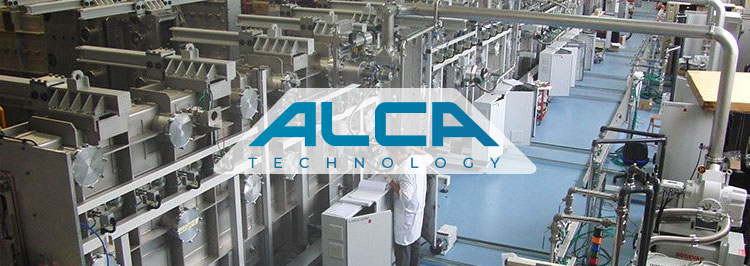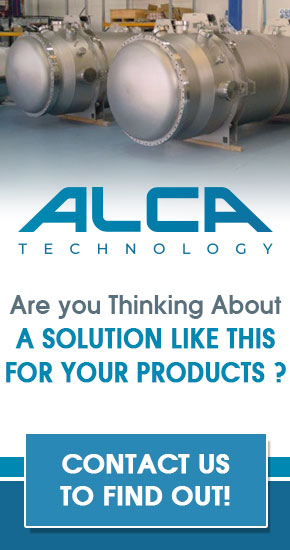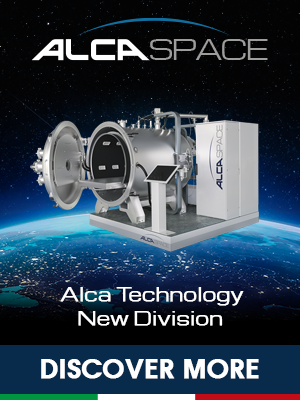Oils in Pumping Systems For Vacuum Plants

In pumping systems for vacuum plants, it is common to use rotary vane pumps as primary pumps or as devices for the evacuation of loading and unloading systems (load-locks). Their function is to keep the outlet port of the primary pumps at a sufficiently low pressure, normally around 0.01 mbar. These are robust and reliable machines, which must be able to manage and tolerate the possible presence, in the gas flow that passes through them, of various substances as well as the gases normally present in the air (mainly nitrogen, oxygen and small quantities of argon and other gases). Among these, the main fraction is generally constituted by water vapor, but in some cases there may also be present, for example, a not negligible quantity of organic compounds, or other potentially dangerous substances, such as acid vapors and solid particles.
In these machines, the oil has two main functions: the lubrication of the mechanical parts and sealing. A third function, secondary but important for the functioning of the pumps in question, is the transmission of the heat that is generated as a consequence of the friction of the moving parts and the compression of the gases, through convective processes. In addition to this, the oil protects the internal components of the pump from corrosion and is a useful means of avoiding the accumulation of solid deposits inside the pump, while reducing the noise generated by the machine.
The oil used in rotary shaft pumps is generally a mineral oil, suitably distilled so that it has a vapor pressure not exceeding 1E-4 mbar, which is two orders of magnitude lower than the basic vacuum obtainable with the sole rotary vane pump running. It should be emphasized that the performance of these pumps depends both on the state of maintenance of the mechanics and on that of the oil: the best base vacuum is reached when the pump is new and after a certain period of use of the oil, which with use undergoes a progressive loss of the more volatile fractions. The presence, in the oil, of pollutants -first of all water- contributes to an increase in the obtainable base pressure and therefore to the deterioration of performance.
Based on the above, the main characteristics of a vacuum pump oil are the following:
• low vapor pressure.
• Correct viscosity value.
• Good lubricating capacity.
• High thermal and chemical stability.
• Low toxicity.
The use of paraffinic mineral oils meets these requirements, so very often these products are added only with corrosion inhibitors, antioxidants and antifoams. For particular uses, characterized by the presence of toxic, pyrophoric or otherwise harmful substances, synthetic oils with suitable characteristics have been developed.
Of course, the oil in question must be periodically replaced: manufacturers generally provide guidelines regarding the recommended frequency of oil changes, however, for a correct choice, the level of contamination caused by each specific process must be taken into consideration. In cases where solid particulate contamination is particularly important, it is also possible to provide oil filtering systems on board the pump.
The main types of oil used in rotary shaft pumps are the following:
• Single distillation oils: with reduced content of volatile substances and sulfur compounds, suitable for single-stage pumps.
• Double distillation oils: the content of volatile substances and sulfur compounds is further reduced; suitable for double stage pumps.
• High temperature oils (ultra grade): used in pumps designed to work at higher temperatures, for the purpose of high water vapor flows.
• Inert fluids (Kritox, Fomblin): suitable for pumps intended for use with hazardous / reactive gases.
The choice of the correct oil for primary pumps intended for a given application is therefore one of the factors to be taken into consideration to obtain the best performance of a system and a process.


